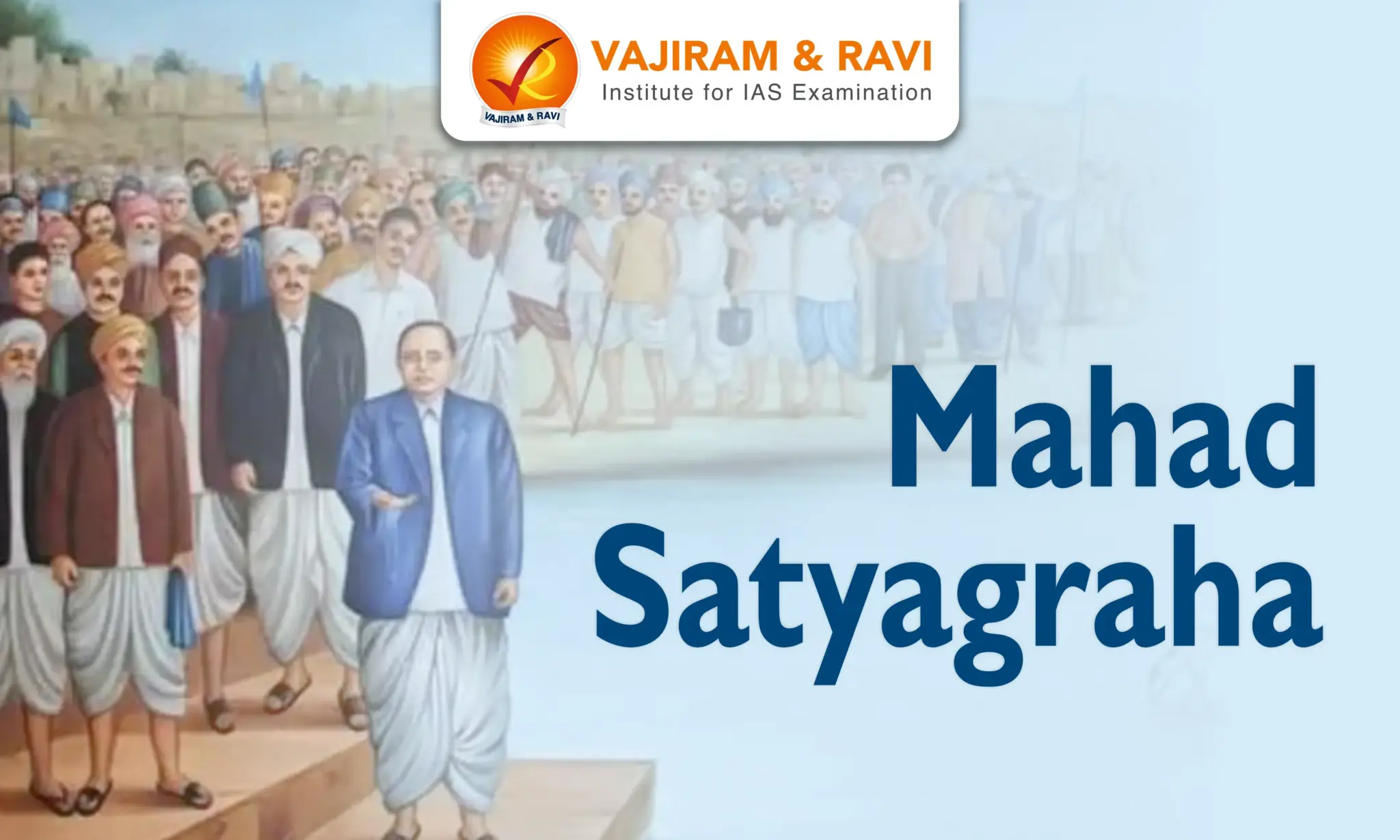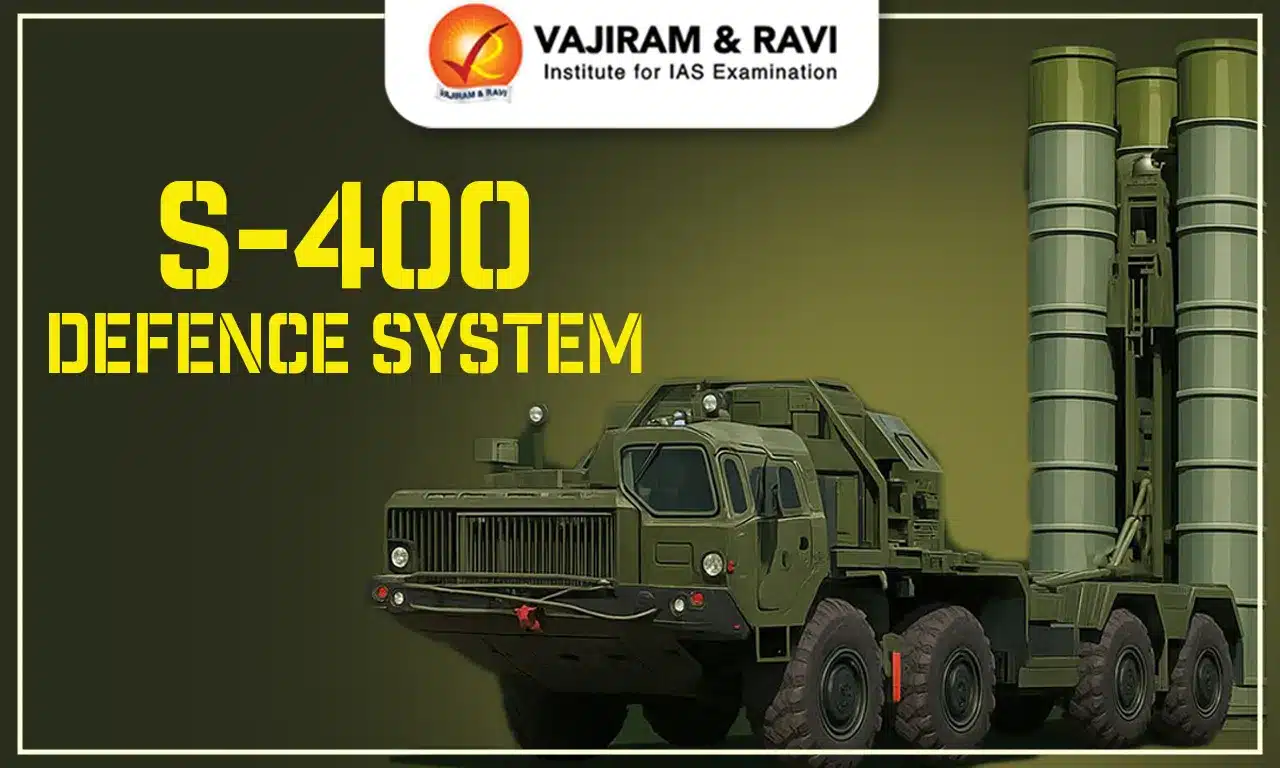Kheda Satyagraha was launched on March 11, 1918, in Kheda District of Gujarat (the then Bombay province). The movement was initially started by the peasants themselves with the help of a local leader, Mohanlal Pandya. It mainly involved the peasant-Patidar community of Kheda, which later involved the leadership of Gandhi. Their demand was the non-payment of the revenue against the backdrop of crop failure, a rise in prices, and the government’s insensitive increase in the tax rate.
Along with Champaran Satyagraha and the Ahmedabad Mill Strike, Kheda Satyagraha is usually credited as the launch of Gandhi’s political career in India and his emergence as a mass leader in the freedom struggle. Kheda Satyagraha was the first time when Gandhi adopted a non-cooperation movement in India.
Kheda Satyagraha Causes
There was a rise in the price of basic commodities during World War I. Against this backdrop, the following factors aggravated the misery of the people of Kheda District which culminated in the launch of Kheda Satyagraha.
- Bad harvest: There was a bad harvest in 1917–18, coinciding with the price surge of essentials.
- Plague: Gujarat suffered significantly from the severe plague in 1918, with 16,740 deaths recorded in Kheda alone.
- Due to these reasons, the peasant-Patidar community refused to pay the raised taxes.
- Increase in tax: In the Bombay Presidency, of which Gujarat was a part, the British government increased taxes by 23 per cent between 1917-18.
- Refusal of the petition: In 1918, the peasants petitioned the colonial authorities for a reduction in land revenue for a year to reduce their suffering.
- The authorities refused and demanded full payment, even though it was against the government's famine code.
- As per the Code, cultivators were entitled to total remission if crop yield fell below 25% of the average.
- Also, according to the Land Revenue Rules, cultivators could request a complete suspension of revenue payment for the year if the crop was four annas or less.
The Course of Action in Kheda Satyagraha
In response to the refusal of the petition, local leaders like Mohanlal Pandya took the initiative for the no-revenue campaign in November 1917.
No-revenue campaign
- Role of local leaders: Mohanlal Pandya and Shankarlal Parikh sought help from outside leaders, particularly from the members of the Gujarat Sabha in Ahmedabad.
- They also sent a telegram to Gandhi for help, who at that time was in Champaran. Gandhi advised them to be firm on their demands but could not personally come.
- Role of Gujarat Sabha: The Gujarat Sabha, in which Gandhi was president, urged the Bombay government for exemption in some cases and also postponement of revenue demands.
- But not getting a favourable response, the Sabha asked the peasants not to pay land revenues.
Role of Gandhi in Kheda Satyagraha
- When Gandhi arrived in Bombay in February 1918, he made the decision to personally investigate the suffering of peasants. While visiting the villages in Kheda with other Gujarat Sabha members, Gandhi discovered justification for the demand of the peasants to suspend revenue collection.
- Getting no assurance from the government on the demands of peasants, Gandhi decided at a meeting of the Gujarat Sabha to resort to Satyagraha.
- In a meeting at Nadiad on March 22, 1918, Gandhi urged the volunteers to take a sacred pledge, which was not to pay the assessment for the year, whether wholly or in part.
- Gandhi personally visited Kheda villages and urged Satyagrahis to uphold the promise. Despite being detained for defying the government, Pandya and other local leaders gained a lot of support from their community.
Towards the End
- Investigation by Government: After an investigation, the government concluded that there was no justification for the suspension of revenues.
- The local press gave publicity to peasant discontent and their agitation for suspension of revenue demands.
- Political Leadership: Along with Narahari Parikh, Mohanlal Pandya, and Ravi Shankar Vyas, Vallabhbhai Patel led a group of other dedicated Gandhians who travelled around the villages to organise the villagers, gave them instructions, and provided the necessary political leadership.
- Fulfilment of demand: The government was confident that Gandhi would not resort to violence by expressing his professed faith in passive resistance.
- The government was also equally concerned about the need for Indian support in the British war effort.
- Therefore, the government ordered its local officials to be restrained in the collection of revenues and not to confiscate lands.
- End of Satyagraha: Gandhi decided to end the Satyagraha despite not receiving many specific guarantees from the government.
Kheda Satyagraha 1918 Outcomes
The Kheda Satyagraha of 1918 was a major turning point in the Indian independence movement. It helped to establish Gandhi’s reputation as a leader of the Indian people. The Satyagraha had important outcomes such as,
- The government did not collect revenue from peasants and also did not confiscate their lands.
- The land tax was levied only on those who were able to pay it.
- The return of the property to the legitimate owners of the seized land was also accomplished with everyone's assistance.
- Gandhi decided to withdraw from the struggle (despite peasants not receiving all the demands).
Kheda Satyagraha Significance
Although the Kheda Satyagraha could not fulfil all the demands of the peasants, this movement is recognised as a remarkable event regarding the freedom movement. Following are some of the significance of the Kheda Satyagraha.
- First non-cooperation movement: Kheda Satyagraha was the first non-cooperation movement led by the masses. Along with the Champaran Satyagraha and the Ahmedabad Mill Strike, it led to the rise of the mass-movement era.
- Contribution of Kheda and Kheda Satyagraha: The Kheda campaign helped Satyagraha develop itself strongly in Gujarat.
- In the future course of the nationalist movement, villages in Kheda became the strong support base of the nationalist movement.
- Kheda highlighted Champaran's lesson that both literate and illiterate people could use satyagraha in almost any conflict situation.
- The emergence of Gandhi: Gandhi built for himself a powerful political base in the villages of the Kheda district and emerged as a powerful mass leader.
- Satyagraha was a weapon for all seasons, and in Gandhi’s hands, it gave him the edge over conventional politicians with their techniques of petitions, public speeches and debates, which were more suitable for the educated.
| Other Related Posts | |
| Mahatma Gandhi's Movements | Ahmedabad Mill Strike |
| Satyagraha | Kheda Satyagraha |
| Champaran Satyagraha | Vaikom Satyagraha |
Last updated on December, 2025
→ Check out the latest UPSC Syllabus 2026 here.
→ Join Vajiram & Ravi’s Interview Guidance Programme for expert help to crack your final UPSC stage.
→ UPSC Mains Result 2025 is now out.
→ UPSC Notification 2026 is scheduled to be released on January 14, 2026.
→ UPSC Calendar 2026 is released on 15th May, 2025.
→ The UPSC Vacancy 2025 were released 1129, out of which 979 were for UPSC CSE and remaining 150 are for UPSC IFoS.
→ UPSC Prelims 2026 will be conducted on 24th May, 2026 & UPSC Mains 2026 will be conducted on 21st August 2026.
→ The UPSC Selection Process is of 3 stages-Prelims, Mains and Interview.
→ UPSC Result 2024 is released with latest UPSC Marksheet 2024. Check Now!
→ UPSC Prelims Result 2025 is out now for the CSE held on 25 May 2025.
→ UPSC Toppers List 2024 is released now. Shakti Dubey is UPSC AIR 1 2024 Topper.
→ UPSC Prelims Question Paper 2025 and Unofficial Prelims Answer Key 2025 are available now.
→ UPSC Mains Question Paper 2025 is out for Essay, GS 1, 2, 3 & GS 4.
→ UPSC Mains Indian Language Question Paper 2025 is now out.
→ UPSC Mains Optional Question Paper 2025 is now out.
→ Also check Best IAS Coaching in Delhi
Kheda Satyagraha FAQs
Q1. What were the causes of the Kheda Satyagraha?+
Q2. Who were the personalities involved in the Kheda Satyagraha?+
Q3. Which of Gandhi’s initial satyagrahas preceded the Kheda Satyagraha?+
Q4. Which satyagraha is known as the first non-cooperation movement?+
Q5. Kheda Satyagraha was held in which province of British India?+
Tags: kheda satyagraha quest

















